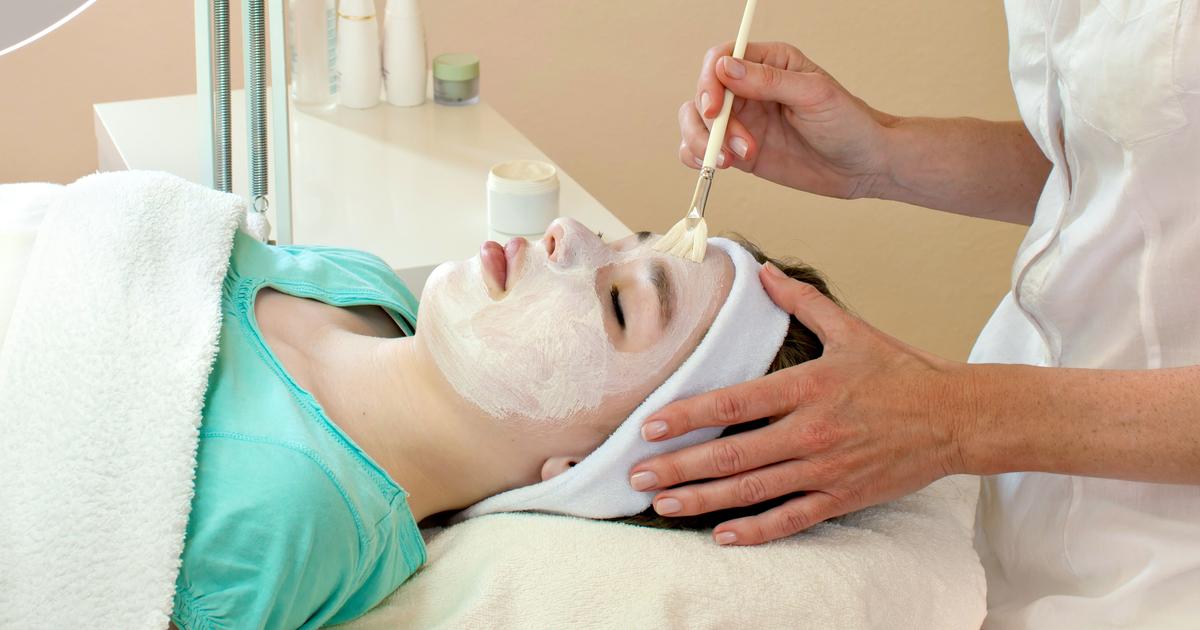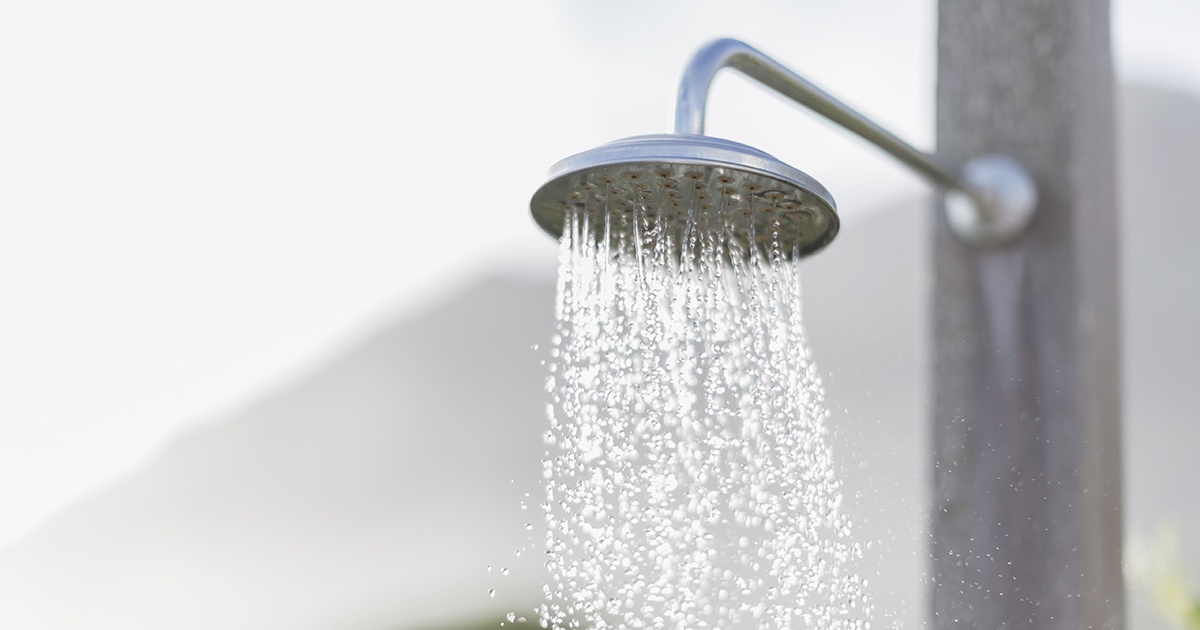Guide To The Effective Treatment Of Keratosis Pilaris
Keratosis pilaris is a skin condition that can cause patches of tiny bumps on the thighs, cheeks, upper arms, and buttocks. The patches are usually dry and rough, but they do not normally itch or sting. The bumps associated with keratosis pilaris are typically light pink or light brown, and they are comprised of dead skin cells. Some patients report the condition makes their skin feel like sandpaper. Keratosis pilaris is often considered a normal skin variant, and doctors can diagnose it with a visual inspection. Although there are no known prevention methods or cures, symptoms can be managed with moisturizers and topical treatments. Most patients find their rough patches disappear by the time they turn thirty years old.
The methods described below are some of those most commonly used in the treatment of keratosis pilaris.
Chemical Peels

Chemical peels are topical treatments that remove the uppermost layer of skin. Depending on the patient's needs, a light, medium, or deep chemical peel may be appropriate. Most chemical peels are performed by dermatologists, plastic surgeons, or licensed estheticians. Acids such as phenol, alpha hydroxy acids, and trichloroacetic acid are some of the most regularly used ingredients in chemical peels. While lighter peels can be performed every two or three weeks, deep peels sometimes require months of recovery. Deep peels take an hour or more, and they may require the use of sedation. After a chemical peel, patients will notice their skin begins to redden, and it will slowly begin peeling off within three days of the procedure. The peeling process for light or medium peels is normally complete after two weeks. Patients with heart problems or keloid scars may not be ideal candidates for a chemical peel, and individuals considering any type of chemical peel should go over their medical history with a doctor to ensure a peel is appropriate for their condition.
Keep reading to learn about more treatments for keratosis pilaris now.
Microdermabrasion

Microdermabrasion is a skin treatment that exfoliates and removes the very top layer of dead skin cells. The procedure typically takes about one hour to perform, and it is carried out by licensed dermatologists. Numbing agents and anesthesia are not needed for microdermabrasion. To start, the dermatologist will gently sand away the uppermost layer of skin. This is normally done with a handheld applicator such as a diamond-tip handpiece or a crystal-emitting handpiece. These devices instantly suction up the dead skin cells too. Some patients may be candidates for hydra dermabrasion, a newer method of microdermabrasion that simultaneously exfoliates and infuses the skin with moisturizing products. It is designed to maximize blood flow to the patient's skin and stimulate the production of collagen. When the procedure is finished, the provider will often apply both moisturizer and sunscreen to the treated areas. After having any type of microdermabrasion, patients could experience minor bruising, tenderness, swelling, or redness; all of these will generally resolve within a few hours. Patients can resume their normal activities immediately after the procedure.
Uncover more options for managing keratosis pilaris now.
Medicated Creams

Medicated creams may be appropriate for some keratosis pilaris patients. Creams containing alpha-hydroxy acids, salicylic acid, urea, or lactic acid will help gently loosen and remove skin cells, and they also moisturize the skin to make it softer. Depending on the strength of the acid, some creams with these ingredients are available over-the-counter, and others require a prescription. Patients who are unsure about which cream may be best for their condition should consult their doctor. Since the acids used in these medicated creams can cause burning sensations, redness, and irritation, doctors do not recommend their use on young children. Other medicated creams that could help in the treatment of keratosis pilaris contain retinoids, ingredients derived from vitamin A. Topical retinoids work by increasing cell turnover and helping to prevent clogged hair follicles. Tretinoin and tazarotene are examples of two commonly used retinoids. Skin dryness and irritation are some possible side effects of these treatments. Doctors advise that patients who are pregnant or nursing delay their use of retinoid creams or opt for another treatment.
Get more details on treating keratosis pilaris now.
Moisturize The Skin

In addition to the treatment methods described above, patients are advised to moisturize their skin regularly at home. This can help soften the skin and reduce any dryness or irritation. Generally, patients need to moisturize at least once a day, and applying a moisturizer while the skin is damp from a bath or shower will help the product penetrate the skin more deeply. When choosing a moisturizer, patients might want to try several options before deciding which one is right for them, and some patients enjoy alternating between different moisturizers too. Coconut oil, shea butter, and rosehip oil are some of the moisturizing ingredients individuals may wish to consider. Selecting an organic moisturizer may be important to certain patients, and choosing products without parabens and sulfates is generally recommended, as these additives can dry the skin. Individuals trying a new moisturizer for the first time might want to perform a patch test by applying a thin layer of the cream to a small area of skin. After twenty-four hours, if no redness or irritation is present in the area, the moisturizer can be safely applied over larger areas.
Continue for more information on how to treat keratosis pilaris now.
Reduce Length Of Showers And Baths

Dermatologists routinely advise that patients with keratosis pilaris and other skin conditions reduce the length of showers and baths, especially ones involving hot water. The use of hot water for showers or baths is very drying for the skin, and soaking for an extended period in the bathtub is known to remove oils from the skin. Experts suggest patients limit their showers and baths to no more than ten minutes, and the use of warm or lukewarm water is advised in place of hot water. To reduce the potential drying effects of time in the water, patients could try adding small amounts of moisturizing bath oils to the bathwater.